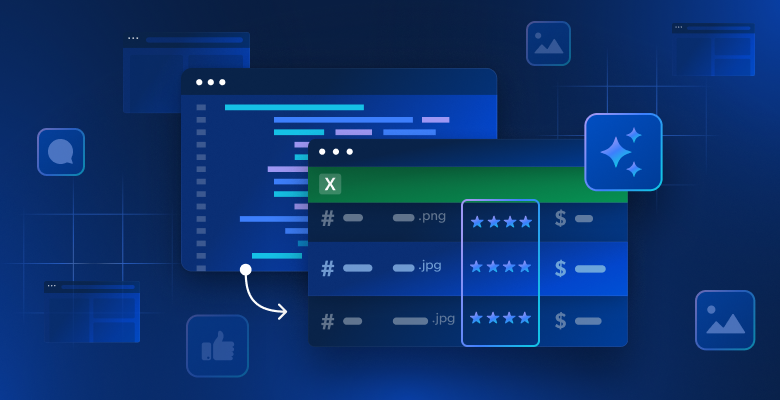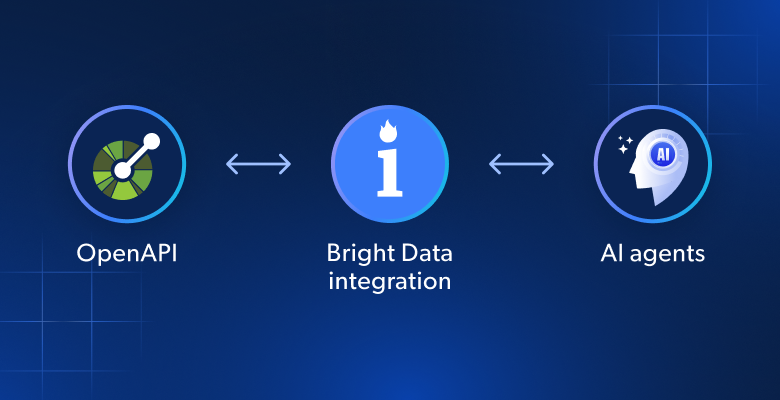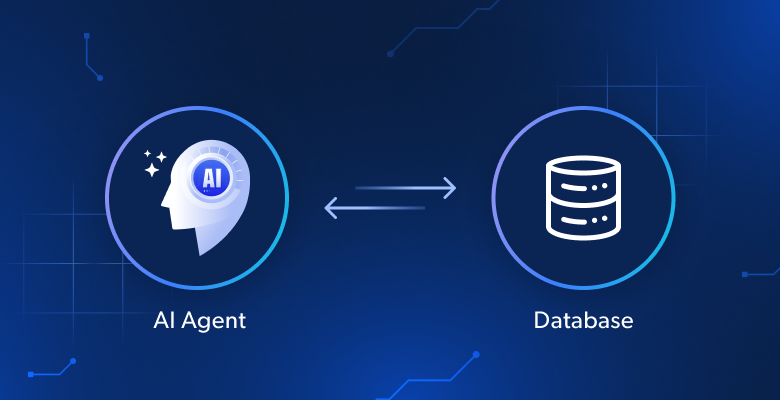Agentic and Generative AI will be two defining paradigms of this decade. As AI rapidly expands into widespread adoption, there are two distinct patterns emerging in the architecture — Agentic and Generative.
After this walkthrough, you can answer the following questions:
- What is Agentic AI?
- What Generative AI?
- Why Are They Both Important?
- When Should I Use Each of Them?
A Brief Overview of These Technologies
Both Agentic and Generative AI often share the same foundations — weights, pre-training, fine-tuning and LLMs. The main differences come from their usage. I’ll borrow from music here to explain the difference.
- Agentic AI: Performing music written by someone else — following every note with precision — to a tee.
- Generative AI: Perhaps still executing a performance, but it’s improvised. Generative AI is the one writing the music — think Beethoven or a jazz musician.
Agentic AI completes a complex task. Generative AI brings something entirely new into existence.
What They Share
- Weights: Weights represent what the model has actually learned. They define internal pattern recognition and decision-making.
- Pre-training: This is where a model learns from massive datasets and adjusts its internal weights accordingly.
- Fine-Tuning: After it’s been trained, a model is fine-tuned for specific tasks and domains. Its weights are finely adjusted so it behaves as intended.
- Model: After the training process, the model is used to fulfill its purpose. With both Agentic AI and Generative AI, the end result is usually (not always) powered by an LLM.
Where They Diverge
- End Goal: Agentic AIs are built to accomplish a task. Generative AIs are built to create content.
- Interaction: Agentic AIs use minimal prompting, they follow a process — a set plan determines their actions. Generative AI is almost entirely prompt-driven — the model receives a prompt and generates content after interpreting the prompt.
- Autonomy: Agentic AIs are often given a high degree of autonomy while Generative AIs run with a human in the loop. When you scrape LinkedIn with ChatGPT, you’re using Agentic AI. When you ask ChatGPT to create an image, you’re using Generative AI.
- Output: Agentic AIs output a change in state — “job status: complete”. Generative AI usually outputs text, images or videos.
- Evaluation: Agentic AIs are measured by their success completing a task. Generative AIs are measured by quality, relevance, and originality of their output.
Agentic AI

Agentic AI revolves around completion of a task. This should not be confused with AI agents. Agents are a real-life, practical application of Agentic AI. When you build software using Agentic AI, your application likely has one or more of the following needs.
- Decision-Making
- Problem-Solving
- Autonomy
- Interaction
- Task Completion
Under The Hood
- Planning: Any AI agent needs a loose plan at minimum. This can be something as simple as a prompt like, “You are a helpful scraping assistant, please extract these products and output them in JSON.”
- Tooling and Function Calls: The agent doesn’t go it alone. Depending on complexity, you might give it access to a calculator — or even a full Playwright instance. You give the agent access, it decides how and when to use the tools.
- State Management: The agent should be aware of both short and long-term context. For short-term, the chat context can suffice, but this isn’t advisable. A simple CRUD (Create, Read, Update, Delete) app goes a long way. Persistent storage allows the agent to properly track its work.
- Feedback Loop: The agent should run on a loop until its task is complete or until it’s conditionally stopped — like getting interrupted by the user.
- Evaluation and Termination: The agent should know when it’s job is complete. If the job steps ran, but the result is unacceptable, the agent needs to retry the process. If the job succeeded, the agent should exit the control loop.
Use Cases
- Customer Service: Almost every website runs a chatbot at the help desk. In these cases, a model can log the problem, user sentiment, and then use function calls to file a ticket or mark the issue resolved.
- Health Care: The health care industry has been using Agentic AI since the 1990s — long before the paradigm was even named. Agents receive things like X-rays, ultrasounds and patient history to help speed up diagnosis.
- Workflows: Imagine your agent has access to both a browser and filesystem. It can perform a crawl, and then enter the extracted data directly into your storage medium whether it’s a SQL database or simple JSON file.
- Autonomous Robots: Perhaps the most widespread use of Agentic AI comes in the form of autonomous robots and smart homes. Tesla’s self driving is Agentic AI. So are smart appliances and Roombas.
Generative AI

As I mentioned earlier, Generative AI functions more like a composer or a jazz musician. It still relies heavily on pre-training (perhaps even moreso), but it uses that pre-training to create new structured or unstructured data — you can learn the difference between structured and unstructured data here. Generative AI satisfies the needs listed below.
- Unique Output Creation
- Data Analysis
- Adaptability
- Personalization
Under The Hood
- Pre-Trained Foundation Model: At the core of Generative AI models is a giant neural network. ChatGPT, Grok, Claude — all of these models utilize the transformer architecture. Training enables inference and inference allows us to create new data.
- Prompt Interface: These models are often designed for direct interaction with a human. When you tell a model, “Create a meme”, or “Summarize this text”, the prompt is used directly to generate the output.
- Vector Encoding: Your prompt gets encoded to a numerical vector. This vector then gets interpreted against the model’s internal embeddings. You can learn more about these vectors and embeddings here.
- Retrieval-Augmented Generation: RAG is still considered optional, it’s becoming more and more common. When a model doesn’t know something, it performs a search (retrieval) for the relevant data. It then uses zero-shot learning to improve (augment) its output (generation).
- Output Medium: The model then uses that same vector encoding to convert the output into tokens (text) or even images or video. Depending on your prompt, you might even ask for JSON or CSV data.
Use Cases
- Conversational Tools: Unlike helpdesk chatbots, generative chatbots are designed to carry a conversation and generate unique output — they simulate a deeper conversation than “Are you sure it’s plugged in?”. Grok, ChatGPT, Claude and most other LLM-centric webapps are conversational tools.
- Content Creation: High-quality content is often available in seconds with the correct prompts. Whether you want concept art, social media threads or long-form writing, Generative models can handle these sorts of tasks.
- Data Analysis and Generation: Upload a dataset file to a model for analysis. Depending on the model, you can get a detailed report or even create a new synthetic dataset reflecting the patterns of the original.
- Personalized Assistants: Generative AIs are highly customizable — they are designed to be unique. If you want an assistant with a specific tone, give it a few examples and you’ve got a custom personality.
Key Comparison Between Agentic AI and Generative AI
| Criteria | Agentic AI | Generative AI |
|---|---|---|
| Primary Purpose | ✔️ Task execution and completion | ✔️ Content generation and synthesis |
| Goal-Oriented | ✔️ Yes — operates with defined objectives | ❌ Not inherently goal-driven |
| Prompt Dependency | ❌ Minimal — often runs autonomously | ✔️ High — prompt is required to initiate output |
| Output Type | ✔️ State change, completed actions | ✔️ Text, images, code, structured data |
| Tool Use / API Access | ✔️ Frequently uses tools and functions | ❌ Rarely (unless wrapped in agent loop) |
| Memory Requirements | ✔️ Needs short- and long-term memory | ❌ Optional (only in RAG or custom builds) |
| Control Flow | ✔️ Feedback loop with retry logic | ❌ One-shot generation (no loop by default) |
| Autonomy | ✔️ High autonomy possible | ❌ Human-in-the-loop is typical |
| Evaluation Method | ✔️ Binary success/failure | ✔️ Subjective quality (originality, tone, etc.) |
| Real-World Examples | ✔️ Web scraping bots, self-driving cars | ✔️ ChatGPT, DALL·E, GitHub Copilot |
Conclusion
Agentic AI and Generative AI aren’t meant to compete with one another. They’re two different niches with tools that overlap substantially. Agentic AI acts according to a plan while Generative AI improvises one prompt at a time.
Tools like Bright Data’s Model Context Protocol let your agent or LLM harness real web data in real-time. This is incredibly powerful — your AI can access any public site on the internet. With Agentic AI, this improves decision-making and with Generative AI, this improves your output.
Agentic and Generative AI will dominate the future. Builders and analysts who understand how to use both will be well-positioned for success.








